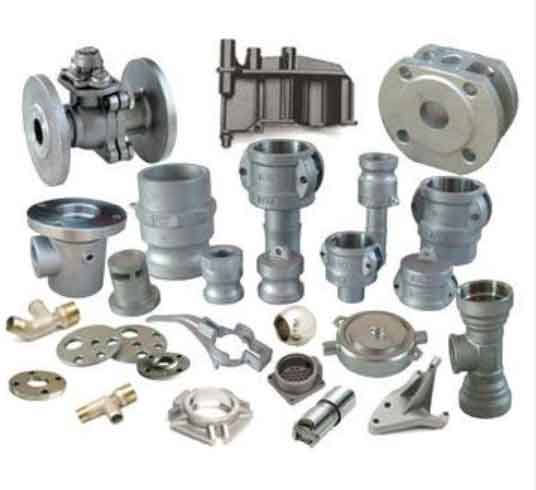Sustainable manufacturing practices are becoming increasingly important in the sand casting industry, and several manufacturers are actively driving environmental responsibility. These manufacturers are implementing various strategies and initiatives to minimize their environmental impact and promote sustainability. Here are some ways in which sand casting manufacturers are driving environmental responsibility:

- Energy Efficiency: Manufacturers are investing in energy-efficient equipment and technologies to reduce energy consumption during the sand casting process. This includes using energy-efficient furnaces, optimizing heat treatment processes, and implementing energy management systems to monitor and control energy usage.
- Waste Reduction and Recycling: Manufacturers are implementing waste reduction strategies to minimize the generation of waste materials during the sand casting process. They are adopting recycling programs to recycle scrap metal, sand, and other materials, reducing the amount of waste sent to landfills. Additionally, they may implement reclamation systems to recover and reuse sand, reducing the need for new sand.
- Emission Control: Manufacturers are implementing measures to control and reduce emissions generated during the sand casting process. This includes using advanced filtration systems to capture and control air pollutants, such as particulate matter and volatile organic compounds (VOCs). By investing in emission control technologies, manufacturers can minimize their impact on air quality.
- Water Conservation: Water is a crucial resource in the sand casting process, and manufacturers are implementing water conservation measures to minimize water usage. This may include implementing closed-loop water systems, using water treatment technologies to recycle and reuse water, and optimizing cooling systems to reduce water consumption.
- Material Selection: Manufacturers are exploring alternative materials and alloys that have a lower environmental impact. By selecting materials that are more sustainable, such as recycled or eco-friendly alloys, manufacturers can contribute to reducing the overall environmental footprint of the sand casting process.
- Environmental Management Systems: Manufacturers are implementing environmental management systems, such as ISO 14001, to effectively manage and reduce their environmental impact. These systems help in setting environmental objectives, monitoring performance, and continuously improving environmental practices.
- Collaboration and Certification: Manufacturers are actively collaborating with environmental organizations and seeking certifications that validate their commitment to sustainability. This includes certifications such as ISO 14001 for environmental management systems and certifications specific to sustainable manufacturing practices.
By adopting these sustainable practices, sand casting manufacturers are driving environmental responsibility and contributing to a greener and more sustainable industry. When selecting a sand casting manufacturer, consider their commitment to sustainability and inquire about their specific initiatives and practices to ensure they align with your environmental goals.
